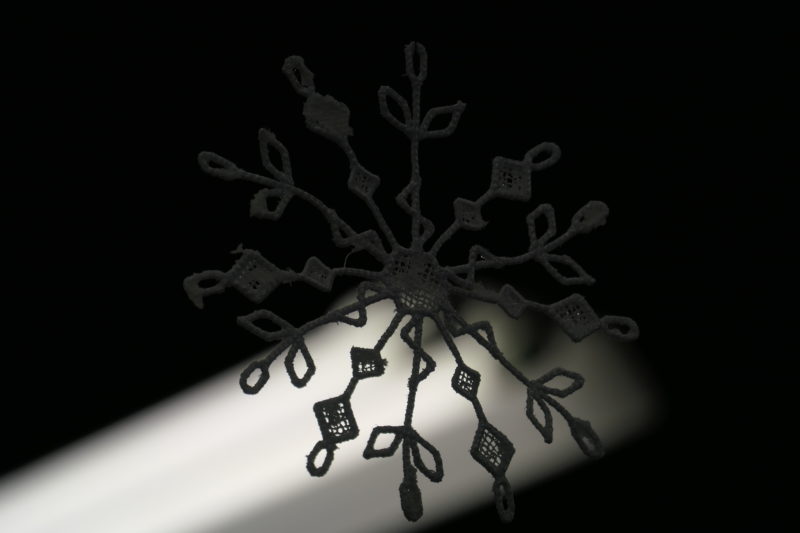
My initial goal for today was to link you to the ultimate best book list of the year. The author went through 50 some end-of-year compilations and culled the books among the more than 800 reviewed on the lists. You read about a few of them on this blog throughout 2018, but most of them I’ve never heard of. To my surprise (and disappointment,) Circe – which is fine – appeared on many, many lists, Silence of the Girls, – which is brilliant – and one of my favorites, on none. I think I’ve mentioned them both at one point or another.
https://lithub.com/the-ultimate-best-books-of-2018-list/

Despite being novels, the books I loved throughout the year told the truth, many truths, in ever disguised forms and approaches.

In the meantime, a huge scandal broke in the last few days in one of Germany’s most established and revered publishing houses, DER SPIEGEL. A young reporter, who had a meteoric rise through the ranks to become editor, who had won multiple renowned prizes and rewards, turned out to be making his stories up out of whole cloth. For years, he managed to escape the quality control net of fact checkers and other editorial control to spread his lies. A colleague of his who had gotten suspicious endured disbelief, disdain, threats when he tried to unravel the misdeeds. Luckily he was as tenacious as they come and in the end succeeded.

Some of the liar’s stories focused on this country, as you can read in the link above, but I think lies like these coming from a journalistic source increase danger for all of us around the world. In an age were the claim of fake news has become a weapon in the fight for public opinion and manipulation, the revelation of “fake news” plays into the hand of those who have sinister goals. And to reap glory for your “creative” writing while your colleagues are imprisoned or dying for their craft in unheard-of numbers makes it doubly disgusting.

In the context of the persecution of journalists around the world, Margaret Atwood’s warning about the dangers to a free press should be required reading for this young man, who has probably destroyed his own life as a writer for good.
https://lithub.com/margaret-atwood-if-we-lose-the-free-press-we-cease-to-be-a-democracy/

Photographs are montages of my city of Hamburg, where DER SPIEGEL is located and going through a phase of ripping hair out, walking in sack cloth and desperately trying to figure out how to change the fact checking system. They have sustained – and inflicted – enormous damage and they know it.





































































